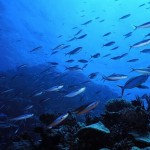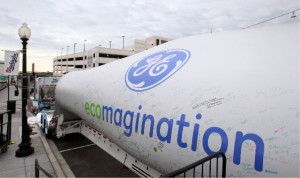Climate change skeptics whose efforts to stop international policy makers from fighting global warming were dealt another blow Wednesday with the release of an exhaustive study that endorsed scientists from the Climatic Research Unit (CRU) of the University of East Anglia.
Chaired by Sir Muir Russell, the Independent Climate Change E-mails Review investigated the behaviour of CRU scientists following the unauthorized public release of approximately 1,000 e-mails in November, 2009.
Russell’s report noted that the e-mails fuelled challenges to the work of CRU, to the reliability of climate science generally, and to the conclusions of the Intergovernmental Panel on Climate Change (IPCC).
The report added the release of the e-mails occurred shortly before the United Nations annual climate change conference in Copenhagen which was to have resulted in a post-Kyoto treaty on limiting global greenhouse gas emissions caused mostly by burning fossil fuels.
“Climate science is a matter of such global importance, that the highest standards of honesty, rigour and openness are needed in its conduct,” the Russell report noted.
“On the specific allegations made against the behaviour of CRU scientists, we find that their rigour and honesty as scientists are not in doubt.
“In addition, we do not find that their behaviour has prejudiced the balance of advice given to policy makers. In particular, we did not find any evidence of behaviour that might undermine the conclusions of the IPCC assessments.”
The report did add, however, that both CRU scientists and the university failed to recognize statutory requirements regarding the prompt release of requested public information.
Russell’s report was the third review of the hacked or leaked e-mails, which spurred on climate change skeptics intent on de-railing efforts to reduce greenhouse gases by substituting destructive fossil fuels with emissions-free wind power and other renewables.
The European Wind Energy Association would like to point out that each of the three reviews has concluded no climate change data coming from the CRU was falsified.
Eight months after the e-mails were improperly released, it is time for politicians to redouble their efforts against global warming. Embracing wind power would be a good first step.







 Comments
Comments


